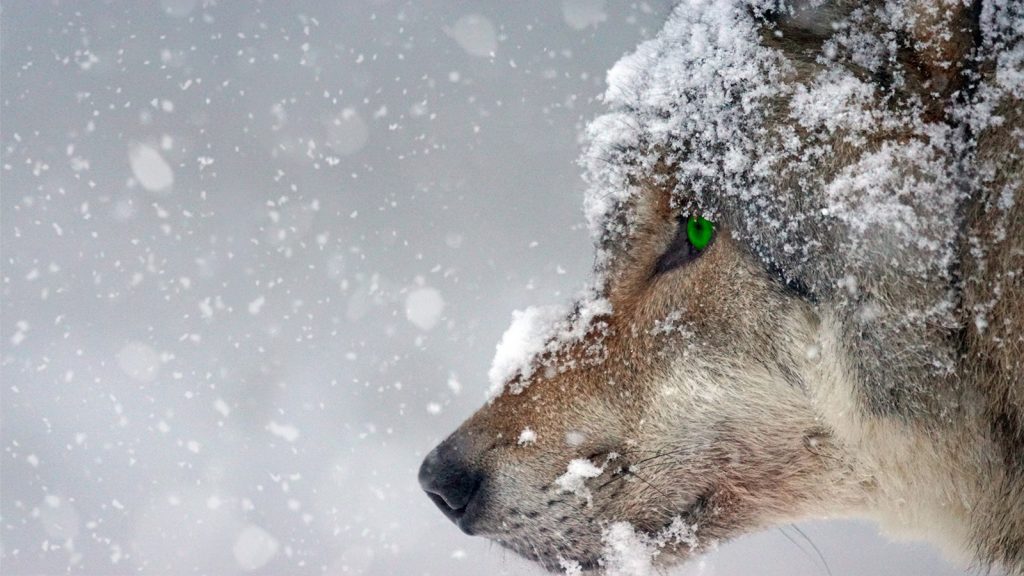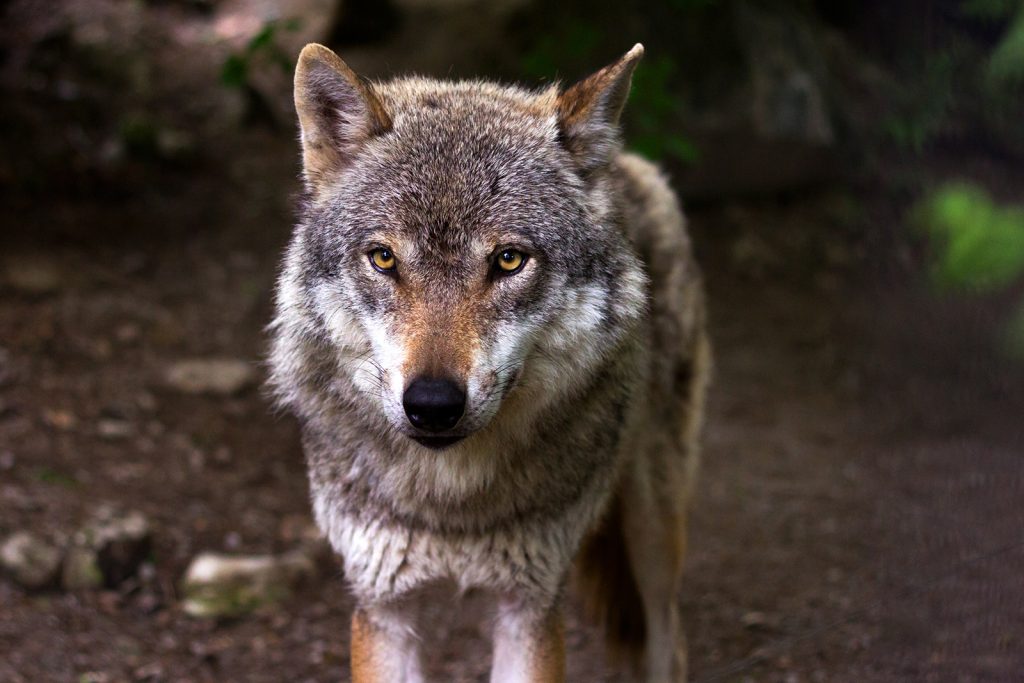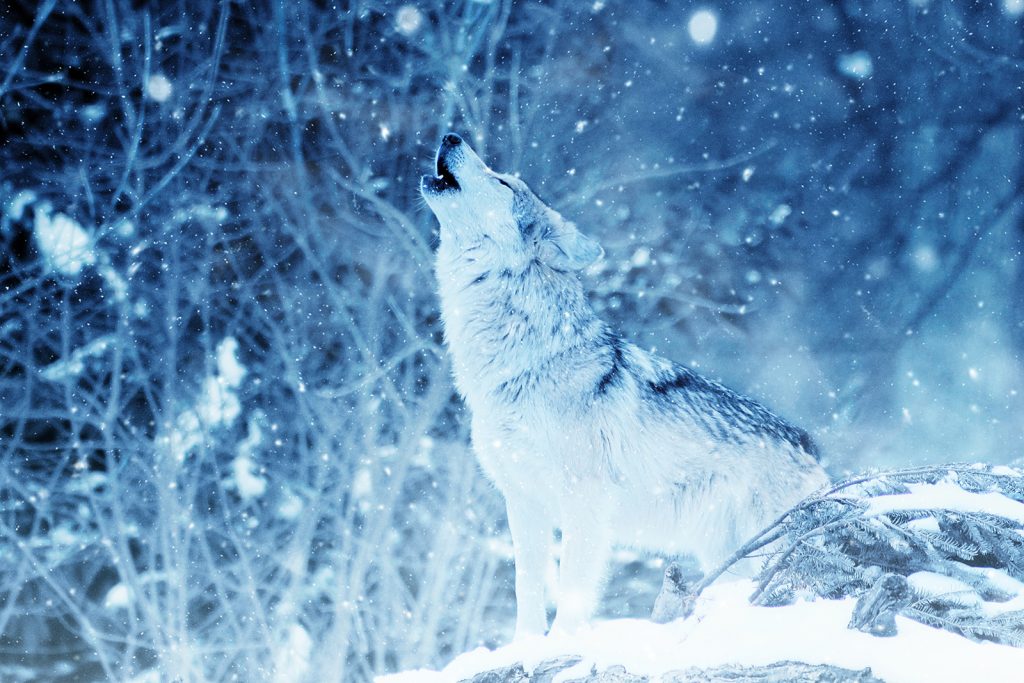The wolf has fascinated us for thousands of years. We watch it as it makes its way through the woods, across snow, and as it approaches its prey. But it has also struck fear into man’s heart. That fear has created many legends over the centuries.
Its untamed spirit inspires us, draws us in, but it also causes us to fear because we can never seem to take that untamed and free step into the wild ourselves.
Wolves are featured in many Native American legends. It is almost always in a positive light.
They were admired for their strength and powers of endurance, and taught the tribes many skills.They taught the tribes about sharing, cooperating, looking after the young and having pride. They showed the native people how to move in the forests — carefully and quietly.
The wolf is devoted to its family, defends its home, and is superior to man in hunting. The Pawnee felt a close kinship with the wolf, so much so that neighboring tribes referred to them as the “Wolf People.” In sign language, the sign for wolf and Pawnee is the same.
The Lakota have a tale about a woman who was injured while traveling. A wolf pack found her and nurtured her. She learned the ways of the wolves. When she had healed and returned to her people, she used this new knowledge to help her people. She was said to know when someone or something was approaching long before anyone else did.
Then, there is the story of the Hour of the Wolf. It is the time when the wolf lurks outside your door. It has many origins.
The Hour of the Wolf is the time between night and dawn. Usually referenced to be 3 a.m., the hour has been said to be when you are left alone in the darkness with your own thoughts.
In the television show Babylon 5, Commander Susan Ivanova is stuck in the hour of the wolf after Captain Sheridan disappears at Z’ha’dum.
Susan Ivanova: Have you ever heard of the hour of the wolf?
Lyta Alexander: No.
Susan Ivanova: My father told me about it. It’s the time between 3:00 and 4:00 in the morning. You can’t sleep, and all you can see is the troubles and the problems and the ways that your life should’ve gone but didn’t. All you can hear is the sound of your own heart. I’ve been living in the hour of the wolf for seven days, Lyta. Seven days. The wolf and I are now on a first-name basis. In times like this, my father used to take one large glass of vodka before bed. ‘To keep the wolf away,’ he said. And then he would take three very small drinks of vodka, just in case she had cubs while she was waiting outside.
[She takes a drink]
Susan Ivanova: It doesn’t work.
Director Ingmar Bergman described it as the hour between night and dawn. The hour when most people die, when sleep is deepest, when nightmares are most real. It is the hour when the sleepless are haunted by their deepest fears, when ghost and demons are most powerful.
For most people, the Hour of the Wolf comes and goes. The despair is never long. The howling subsides. There is always another door to go through.
The wolf, however, is the lonely companion when life has betrayed you. It waits, lurking just outside your door, remaining just far enough away for you to come and welcome it in. The wolf is a curious thing. It is there to comfort you, but that solace is not real and, with each passing hour, the wolf becomes not protector, but the embodiment of dreams and nightmares and fears.
And I have been living in the Hour of the Wolf for forty-seven years.




1 Pingback